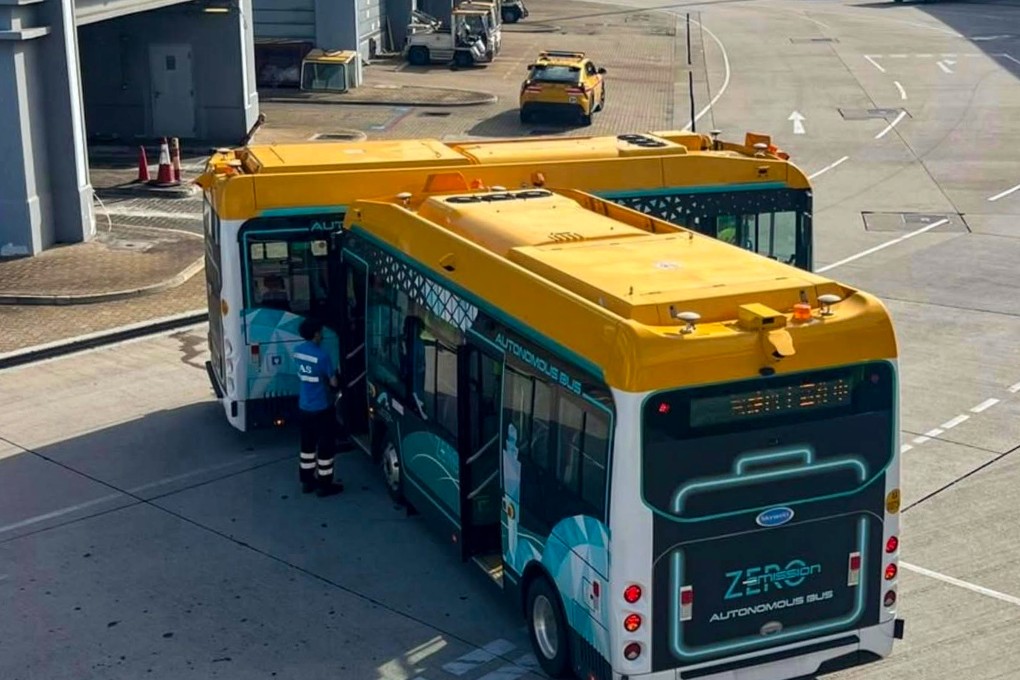Editorial | Answers needed on driverless bus crash in Hong Kong
Incident at Hong Kong airport comes as more unmanned vehicles are taking part in trials on city roads

Who would have thought that more than 60 driverless vehicles, including buses, had been running around Hong Kong International Airport night and day since last year. This is revealed in details that emerged after two unmanned buses collided in a restricted area at Chek Lap Kok. No one was hurt because there were neither drivers nor passengers. But it was potentially serious because the buses shuttle staff around the airport, and unmanned vehicles are taking part in trials on our public roads. The public needs to acknowledge the risk of such incidents.
Hong Kong Chief Executive John Lee Ka-chiu set the right tone with a pledge to find the cause of the collision and a reassurance to residents that authorities will closely supervise companies testing driverless technologies. That is good to hear.
Autonomous vehicles are a global trend. To remain competitive, Hong Kong has to keep up with developments without compromising safety. The ultimate goal must be to eliminate driver errors or faults. Lee noted driverless transport was a trend worldwide and autonomous vehicles had been used in the restricted area of the airport for nearly seven years.
Hong Kong has been accelerating the development of autonomous driving, with the Transport Department last week extending trial runs to Tung Chung and allowing three private driverless vehicles to operate during each road test. This followed the implementation of a new regulatory framework for self-driving vehicles in March 2024. Since then, authorities have stepped up trials from one vehicle to 10 simultaneously, while raising the speed limit to 50km/h.
The buses that crashed were developed by Uisee, a mainland autonomous driving company with its global headquarters in Hong Kong and not reported to have been linked to previous accidents. It has leveraged its airport experience to seek similar contracts overseas, including at Singapore Changi Airport.
Uisee launched driverless transport at Hong Kong airport in 2019, first with baggage and cargo tractors, then patrol vehicles. Driverless shuttles for airport staff were introduced in 2023. A Transport and Logistics Bureau investigation must shed light on what happened because it involves serious safety issues in a new dimension of public transport.
